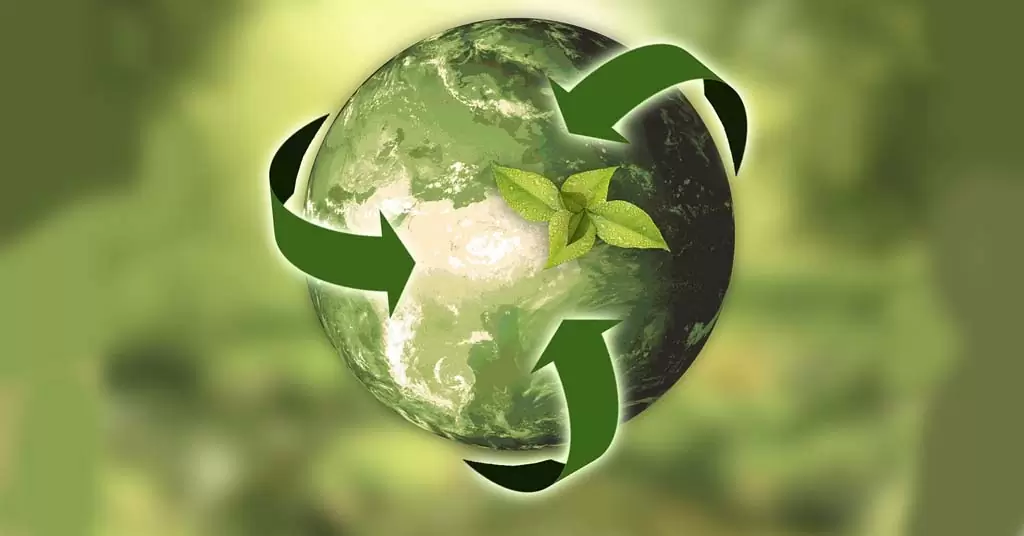If you want to know about the paper recycling process, you are in the right place to find out. From Greenuso we will tell you step by step how this process is carried out and why it is so beneficial for the environment.
We are sure that in your daily business you generate paper and cardboard waste, and for that reason, it is important that you know what options you have to give a new useful life to all that material.
By the end of this article you will be ready to take a step beyond theory and put it into practice. Remember, recycling paper is a very small effort that offers gigantic results for our lives and the planet.
want to learn how to give paper a second life? Without further ado, let’s get started!
Table of Contents
Why is the paper recycling process important?
The paper recycling process is very important because of the great benefits it brings to the environment. Not only from an economic point of view, but also on a sustainable level.

Here’s why recycling paper is so beneficial:
- Currently, paper and cardboard account for between 16% and 25% of municipal waste, with more than 70% recoverable through recycling. This waste comes mostly from newspapers, magazines, food packaging, printing and reproduction of high quality paper, mixed paper, among others.
- This is an intelligent act as human beings to make the most of the planet’s resources and nature. Let us remember that the manufacture of paper is obtained from wood fibres. Hence, there are eucalyptus and pine plantations created especially for this purpose.
- Recycling paper saves at least 60% in energy consumption and reduces water consumption by up to 80%.
- Itis very economical to obtain, making it one of the best ways to reduce our environmental impact. We can also reduce pollution from the manufacturing process.
Paper recycling process in 5 steps
The paper recycling process starts by placing paper and cardboard in the blue bin.

Then, a selective and rigorous process must be followed to avoid contamination, passing through the following stages:
1. Converting paper into cellulose pulp
The process of converting paper into cellulose pulp is done through a chemical and mechanical process. This process involves the following steps:
- The chemical pulp that has emerged from the recovered material must be placed inside an instrument called a “pulper”. This machine will grind and separate the fibres that make up the pulp using its propeller.
- Water is then added to form a new pulp from this new material.
- Finally, additive substances and minerals are added so that they contain the required properties. According to the intended use of the new resource, whiteness, water resistance and less porosity are needed.
2. Sifting the cellulose pulp
The cellulose pulp is now passed through the sieve in order to expel a thin layer on the paper machine screen.
Inside this elongated box, the pulp circulates and the fibres are placed parallel to the fabric at the top.
As the water flows through the cloth and falls, a sheet is formed on the cloth or mesh with the paper fibres remaining on top. Subsequently, the drying process begins.
3. Cleaning the pulp
To clean the pulp, it is necessary to centrifuge all the material that has resulted from the previous processes. This is done in order to separate the different elements according to their density.
Now, the pulp must be washed to remove any existing residue or particles, and then cleaned and de-inked.
4. Refining and bleaching
The process of refining and bleaching the pulp is done through a process of filtering and centrifuging. In this way, particles or elements foreign to the fibre, such as lacquers, sands, ropes, wires, among others, are eliminated.
The bleaching process is done with chlorine dioxide, or using the TCF method. This method uses hydrogen peroxide and sodium hydrosulphite, although less water is used.
5. Making the recycled paper
Now, in this last step, we will tell you all the details of how recycled paper is made:
- First, the pulp is passed through a series of hollow rolls that are made up of an outer mesh. This will help to remove the water from the pulp.
- The roller will create marks on the paper while it is wet.
- Then, after reaching a certain consistency, pressure and heat will be used to remove the remaining moisture.
- Once dry, the result will be the binding of the fibres into a single element called recycled paper.
can all waste paper be recycled?
No. Hence, the process prior to the paper recycling process is so rigorous, considering that not all types of paper qualify as candidates for recycling.

Some of the types of paper that cannot be recycled are:
- Toilet or sanitary paper that once used is stained with fluids that make it unfeasible to recycle.
- Grease-stained paper, generally used for wrapping food.
- Waxed paper or paper made with paraffin, as it prevents the separation of the wax from the cellulose.
- Carbonless paper, photographic paper, vegetable paper, carbon paper or fax paper, as the elements that contain it make the separation of the cellulose unfeasible.
At Monouso, all our products are recyclable, biodegradable and, some of them, even compostable, so they are very sustainable, ensuring a second life and their degradation in a limited time, both naturally and by human action. In our cardboard packaging section you can find a wide range of options for takeaway containers made from 100% plant-based material.
Now that you know about the paper recycling process, are you ready to start recycling?


